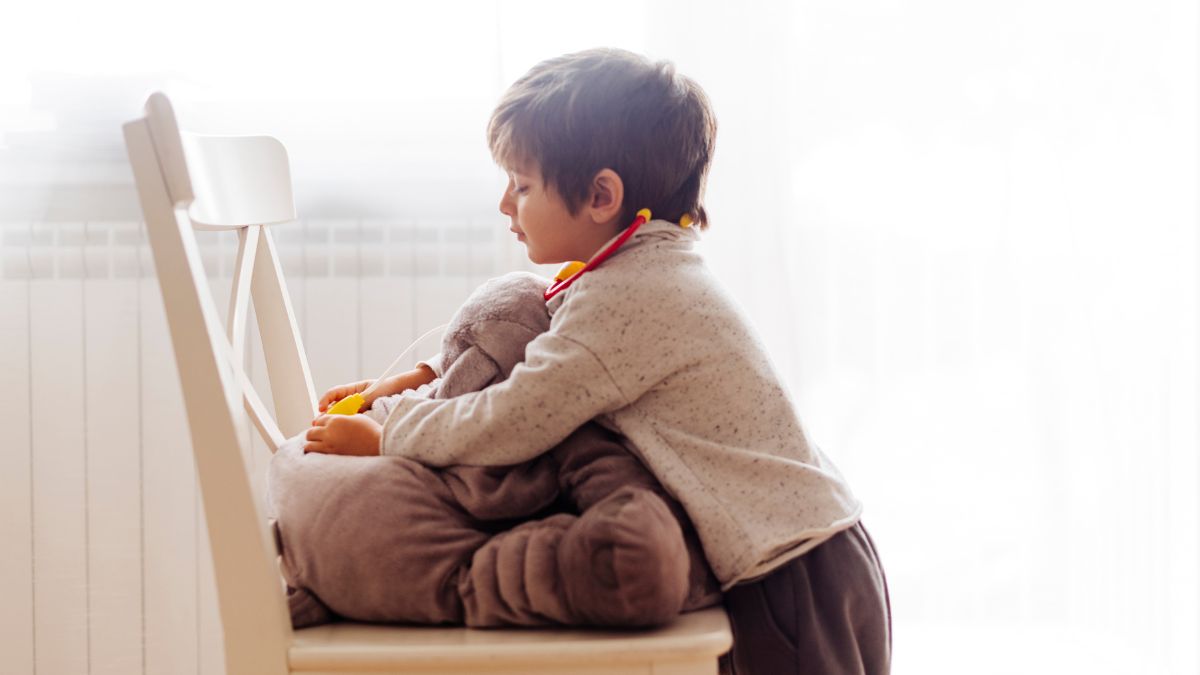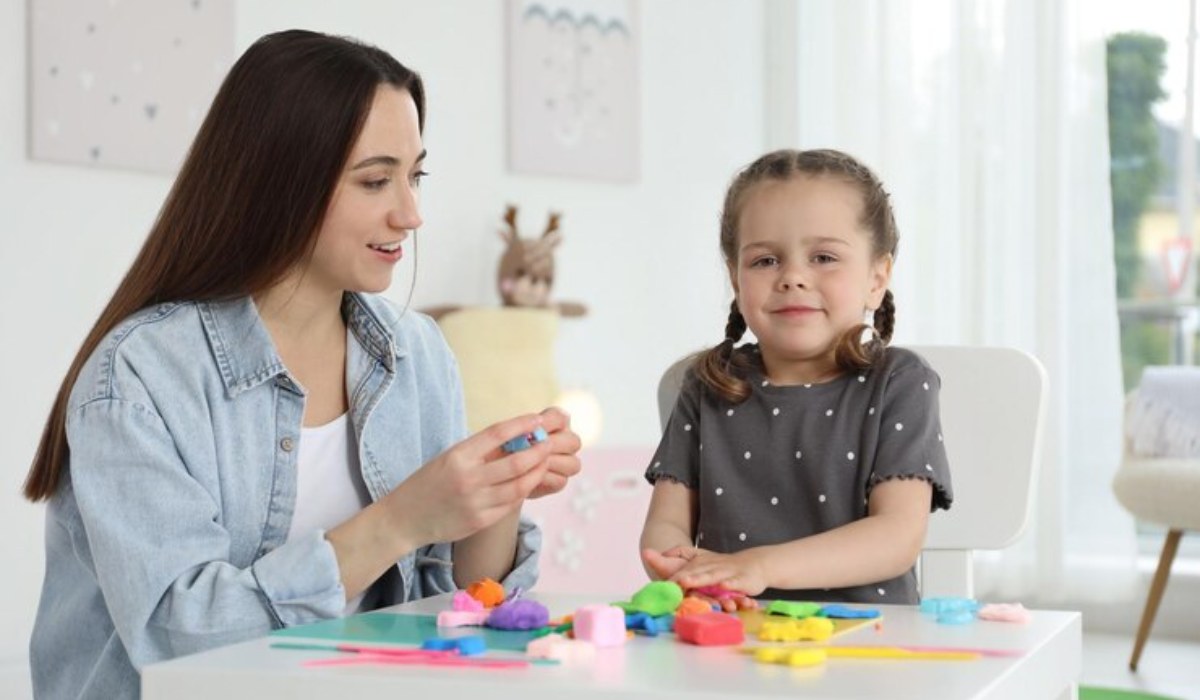Helping Autistic Children Keep Their Shoes On

Understanding Shoe Sensitivity in Autistic Children
When it comes to autistic children, shoe sensitivity is a common challenge that many parents and caregivers face. Autistic children may experience sensory sensitivities, leading to discomfort or even pain when wearing shoes. The sensations caused by the materials, textures, and pressure associated with wearing shoes can be overwhelming for some individuals with autism, resulting in distress and avoidance behaviors.

Sensory Challenges and Shoe Sensitivity
Sensory processing differences are common in individuals with autism. Autistic children may have hypersensitivity to touch, making the feeling of shoes on their feet uncomfortable or even painful. Certain textures, sounds, smells, and tastes can be difficult for individuals with ASD to tolerate due to sensory issues. Sensory sensitivities can vary from person to person, and shoe sensitivity is one specific challenge that some individuals with autism may face.
Impact of Shoe Sensitivity on Daily Life
Shoe sensitivity can have a significant impact on the daily lives of autistic individuals. The discomfort and anxiety caused by shoe sensitivity can affect their overall functioning and well-being. Physical discomfort, sensory overload, and anxiety may arise when attempting to wear shoes, making it challenging for autistic individuals to engage in daily activities that require footwear.
The impact of shoe sensitivity can extend beyond discomfort and anxiety, affecting daily routines for individuals with autism. Simple tasks like getting ready for school or going outside for activities can become challenging when shoe sensitivity is present. Some individuals may experience meltdowns or refuse to participate in certain activities due to their aversion to wearing shoes.
Understanding the sensory challenges and impact of shoe sensitivity is crucial in finding effective strategies to help autistic children keep their shoes on. By addressing these challenges with appropriate techniques and accommodations, parents and caregivers can work towards promoting comfort and independence in shoe-wearing.
Strategies for Addressing Shoe Sensitivity
Addressing shoe sensitivity in autistic children requires a thoughtful approach that takes into account their individual needs and preferences. By implementing the following strategies, parents and caregivers can help make the experience of wearing shoes more comfortable and manageable for the child.
Choosing the Right Shoes
When it comes to shoe selection, it's important to consider the specific sensitivities of the child. Opting for shoes with a soft sole can help minimize discomfort or pain associated with sensory sensitivities. Additionally, shoes with Velcro closures can be easier for the child to put on and take off independently, reducing potential frustrations.
It may be beneficial to involve the child in the selection process, allowing them to explore various shoe options and provide input on what feels most comfortable. By considering their preferences and sensory needs, you can increase the chances of finding shoes that they are more willing to wear.
Involving the Child in the Shoe Selection Process
Giving the child a sense of control and involvement can make them more receptive to wearing shoes. Allow them to participate in the shoe selection process by providing choices within acceptable parameters. This involvement can help foster a sense of ownership and increase their willingness to cooperate.
Visual supports, such as visual schedules, can be helpful in guiding the child through the process of putting on their shoes. These schedules can be tailored to their needs and abilities, providing a visual representation of the steps involved in wearing shoes. This can help the child understand expectations and establish a routine.
Establishing a Shoe Routine
Creating a consistent shoe routine can help reduce anxiety and provide a sense of predictability for the child. Establish a specific time and place for putting on shoes, such as right before leaving the house or upon arrival at school. By incorporating this routine into their daily schedule, the child can become more accustomed to the expectation of wearing shoes.
Positive reinforcement can be an effective tool in encouraging the desired behavior of keeping shoes on. Consider using rewards or incentives, such as offering a favorite snack or engaging in a preferred activity, for successfully wearing shoes for a certain duration. This positive reinforcement can motivate the child and reinforce the importance of wearing shoes.
By implementing these strategies, parents and caregivers can help autistic children overcome shoe sensitivity and develop a more positive attitude towards wearing shoes. It's important to remember that each child is unique, so it may be necessary to experiment with different approaches and adapt them to suit the individual needs of the child.
Behavioral Techniques for Encouraging Shoe-Wearing
When it comes to helping autistic children keep their shoes on, behavioral techniques can play a crucial role in promoting this desired behavior. Understanding how to provide support and create a positive environment can greatly contribute to the success of encouraging shoe-wearing. Here are three effective behavioral techniques to consider:
Positive Reinforcement and Rewards
Positive reinforcement is a powerful tool in encouraging desired behaviors in autistic children. By rewarding the child for keeping their shoes on, you can reinforce the idea that wearing shoes is a positive experience. Rewards can be tailored to the child's interests, such as offering a favorite snack or engaging in a preferred activity [3].
Creating a reward system, such as a sticker chart or token economy, can further motivate the child to consistently wear their shoes. Each time the child successfully keeps their shoes on, they can earn a sticker or token towards a larger reward. This approach helps to reinforce the behavior and provides a visual representation of progress.
Visual Supports and Schedules
Visual supports and schedules can be highly beneficial for autistic children in understanding expectations and establishing routines. Implementing a visual schedule or routine specifically for putting on shoes can provide structure and predictability. Visual aids, such as picture cards or schedules, can help the child understand the steps involved in wearing shoes and reduce anxiety around the activity.
Social stories tailored to focus on keeping shoes on can also be effective. These stories can feature pictures and be personalized to the child's interests, helping them understand the importance of wearing shoes and the positive outcomes associated with it.
Desensitization Techniques
For some autistic children, desensitization techniques can help them become more comfortable with the sensation of wearing shoes. Gradual exposure to wearing shoes for short periods, such as 5-10 minutes, and gradually increasing the duration over time can help them adjust to the feeling and reduce the likelihood of removing them frequently.
Combining desensitization techniques with additional sensory strategies can further support the child. Using seamless socks, providing sensory input through activities like squeezing a stress ball, or gradually exposing the child to the feeling of wearing shoes can help desensitize them to discomfort and sensory triggers associated with shoes.
By employing positive reinforcement, visual supports, and desensitization techniques, parents and caregivers can help autistic children develop the skills and confidence to keep their shoes on. It's important to approach the process with patience, understanding, and flexibility, as consistency and positive reinforcement over time can lead to successful outcomes.
Additional Considerations for Autistic Children and Shoe-Wearing
When it comes to helping autistic children keep their shoes on, there are a few additional considerations to keep in mind. These considerations include fine motor skills and shoe fastenings, sensory input and comfort, as well as patience, understanding, and flexibility.
Fine Motor Skills and Shoe Fastenings
Tying shoelaces or fastening straps may be challenging for some autistic children due to difficulties with fine motor skills. Fine motor skills involve the coordination of small muscles in the hands and fingers, which are necessary for tasks like tying shoelaces. Occupational therapists can work with children with autism to develop these skills and improve hand-eye coordination, which can enhance their ability to tie shoelaces and fasten straps.
To accommodate for these challenges, parents and caregivers can consider alternative shoe options, such as slip-on shoes or those with Velcro closures. These options eliminate the need for intricate fastenings and provide convenience for both the child and caregiver. By selecting shoes that are easy to put on and take off, it can help reduce frustration and promote independence.
Sensory Input and Comfort
Sensory sensitivities are common in children with autism and can make wearing shoes uncomfortable or even painful. Some children may find the feeling of shoes on their feet overwhelming due to hypersensitivity to touch. It's important to consider the sensory preferences of the child when selecting shoes.
Parents and caregivers can try different types of shoes that provide comfort and accommodate sensory needs. Soft-soled shoes or shoes made from materials that are gentle on the feet can be beneficial. Additionally, allowing the child to wear socks or thin insoles inside the shoes can provide extra comfort and reduce discomfort caused by sensory sensitivities.
Patience, Understanding, and Flexibility
Autistic children often have a strong need for routine and may resist changes to their usual routine, including wearing different shoes. It's essential to approach the process of getting an autistic child to keep their shoes on with patience, understanding, and flexibility. It may take time for the child to adjust to the sensation of wearing shoes, and they may require support and encouragement throughout the process.
Parents and caregivers can introduce shoes gradually, allowing the child to become familiar with the sensation in a gradual and controlled manner. Offering breaks or distractions, such as favorite toys or activities, can help keep the child occupied while wearing shoes. Additionally, being understanding of the child's sensory needs and providing sensory breaks throughout the day can help reduce discomfort and allow them to gradually build tolerance to wearing shoes.
By considering the child's individual needs, providing support, and being patient, parents and caregivers can help autistic children develop the skills and comfort required to keep their shoes on. It's important to remember that each child is unique, and what works for one may not work for another. Tailoring strategies and approaches to the specific needs and preferences of the child is key in promoting success and comfort in shoe-wearing.
References
- https://www.thetreetop.com/aba-therapy/autism-and-wearing-shoes
- https://www.abtaba.com/blog/autistic-keep-shoes-on
- https://www.goldenstepsaba.com/resources/get-child-with-autism-to-wear-shoes
- https://getgoally.com/blog/shoes-for-kids-with-sensory-issues/
- https://www.goldencaretherapy.com/how-do-you-get-an-autistic-child-to-keep-their-shoes-on/
- https://ca.specialkids.company/blogs/latest-news/how-to-get-an-autistic-child-to-keep-their-shoes-on-specialkids-company
Similar articles
Contact us today to learn more.


.jpg)
.jpg)

.jpg)
.jpg)





